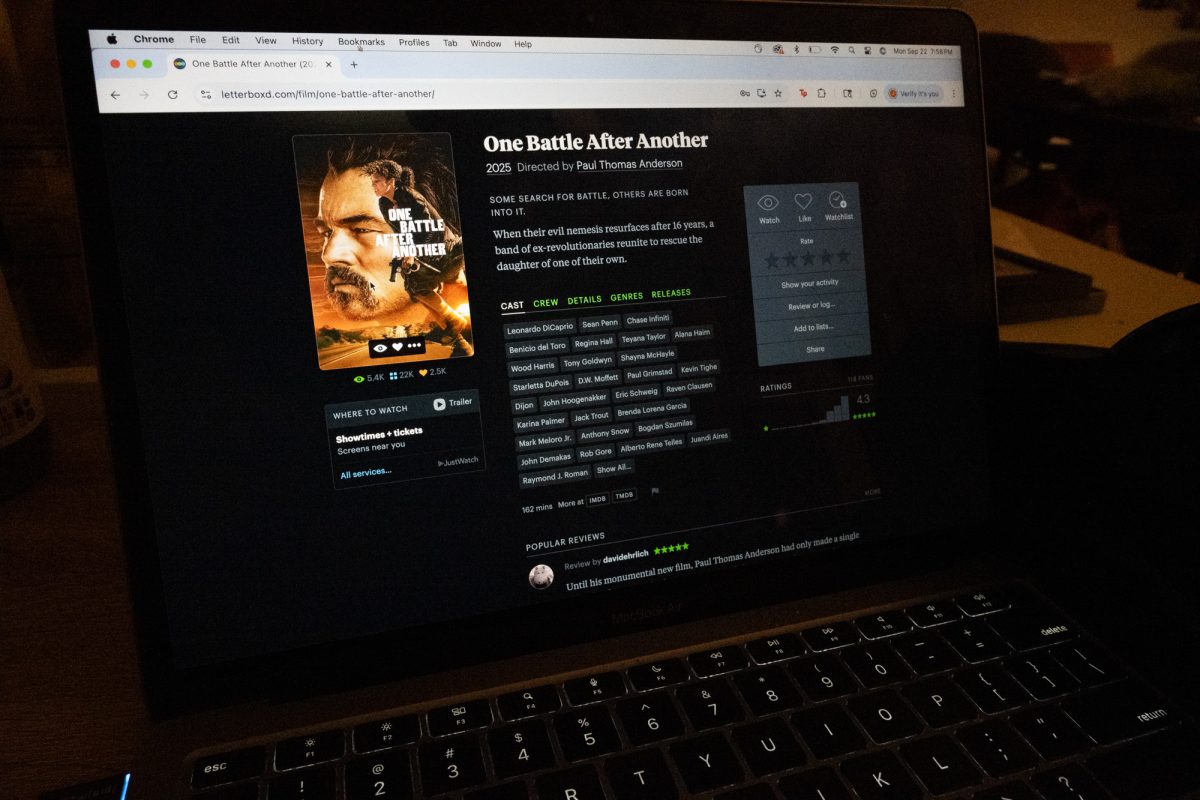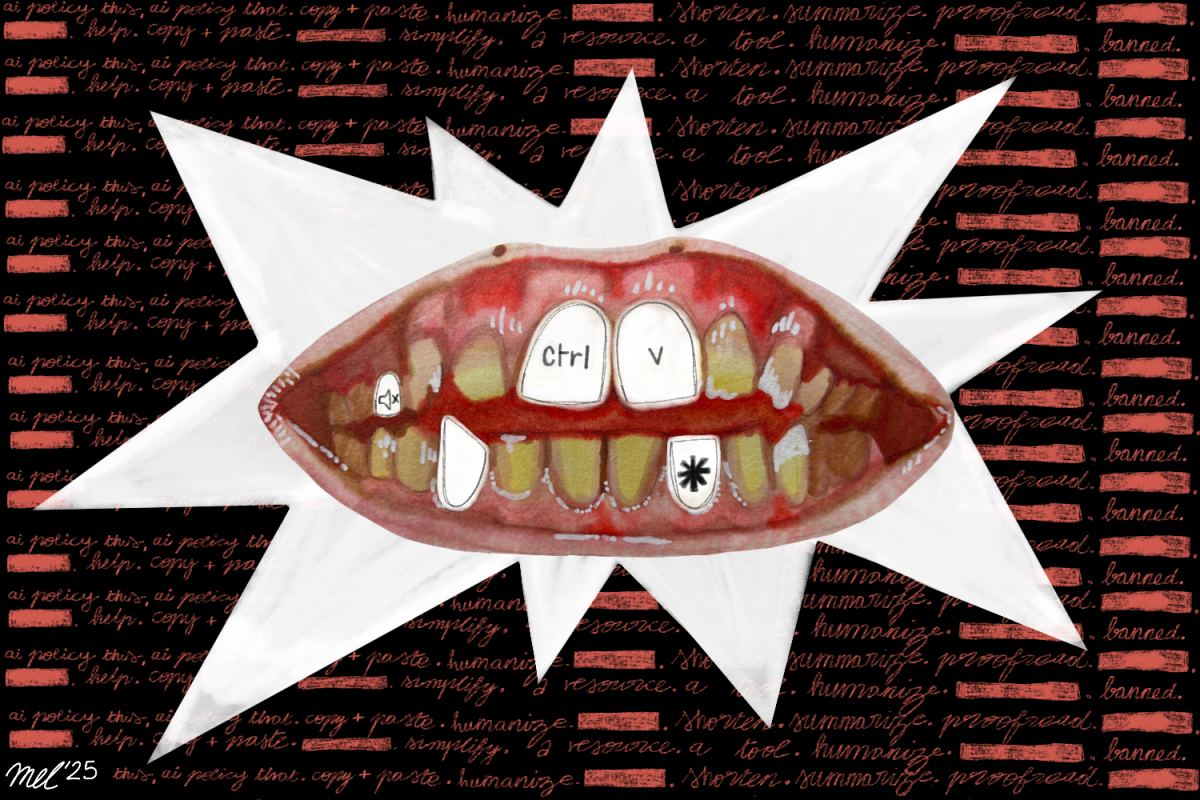Last night’s Super Bowl has reignited the debate over football’s alleged dangers. Studies from Boston University’s CTE Center, a leader in this field, suggest that chronic traumatic encephalopathy (CTE) is correlated to repetitive brain trauma, a common occurrence in high contact sports. In football, where violence is a huge part of the attraction, athletes, especially the frequently-televised ones, are at risk of developing CTE and other brain-related conditions.
Instead of arguing about an “appropriate” level of risk, it is more important to ask why violence has received so much positive attention to begin with. We’ve encouraged it to become integral to the sport. Yet, ethically speaking, people should be able to participate without feeling like they have to trade-off their safety. The fact that this isn’t a genuine possibility speaks to a problem with football culture — the way we talk about it and how the National Football League tackles it.
The sport has gradually become a cultural staple and, along with it, certain perceptions of how it should be. When a concept is deeply ingrained into a national identity, critique of the concept can be misconstrued as a threat on that identity. As a result, progress in the broader football conversation has been incredibly slow. Tackling, blocking, sacking — this is what makes our football “American.”
Also, football’s function as a bonding mechanism and its mutually-enforcing popularity have led us to glamorize the sport in its current hazardous form. Furthermore, its gendered nature and heavy expectation of violence perpetuates the harm brought on athletes. Regardless of safety measures, the athletes feel obliged to play aggressively. Naturally then, to bring about safety improvements, the public and media should consider football’s spectacle and risks equally. Prohibiting tackling is obviously ideal, but football’s social function and nature makes that solution far out of reach.
That isn’t to say that extensive changes haven’t or aren’t taking place. Announcers and audiences alike seldom celebrate crashes in the way they used to. The NFL is implementing measures to mitigate head injuries and increase the safety of its players. Whether or not these measures are sufficient is still up for debate — can the NFL do more without fundamentally altering the nature of football and turning fans away?
NFL-funded studies are particularly controversial — when industry players become involved, how can we be sure of the research’s scientific integrity? Despite the damning body of evidence linking head trauma to CTE, these studies more often than not conclude that the correlation is weak, to the NFL’s advantage of course.
Scientists are arbiters of truth. Although funding is pivotal to their innovation, they should not accept funding from biased organizations who are obviously trying to substantiate a dubious claim.
But again, all hope is not lost: the establishment is changing. Brain injuries have come to the forefront of football-related conversations because of the Aaron Hernandez incident and the work done by BU’s CTE Center. Today’s star players who were raised on the aggression platform will eventually retire. In the meantime, they’re sacrificing their health for the sake of the game, the public’s temporary amusement and a hefty paycheck.
If you want to see this case in action, just look at how much companies spend on Super Bowl advertisements. There is too much money in this industry for there not to be progress.











































































































